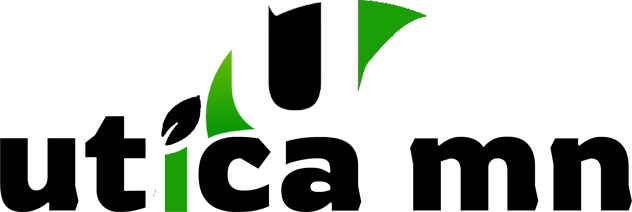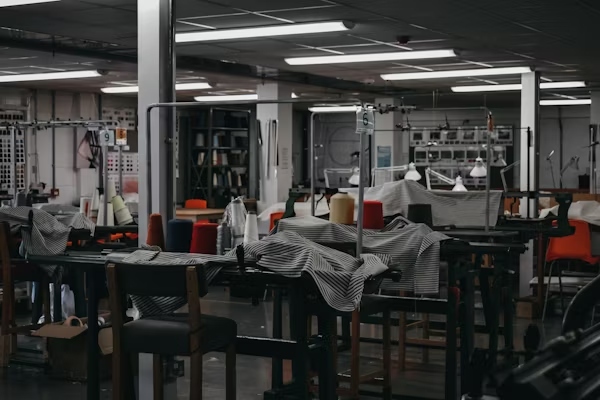In the fast-paced world of modern industry, innovations are constantly redefining how products are conceptualized, designed, and produced. Among these breakthroughs, Repmold technology stands out as a transformative force in manufacturing and industrial design. Combining the principles of replication, advanced molding techniques, and digital integration, Repmold offers businesses faster production cycles, improved precision, and more sustainable solutions.
This article explores the origins, technological foundations, applications, and cultural impact of Repmold as it reshapes the future of industrial production.
What is Repmold?
The term Repmold refers to a class of technologies focused on replication molding, where molds are used to reproduce intricate parts with high accuracy. Unlike traditional mold-making, Repmold often integrates digital modeling, additive manufacturing, and automated tooling, enabling faster transitions from prototype to mass production.
At its core, Repmold technology seeks to address three challenges in manufacturing:
-
Precision – achieving micro-level detail for complex industrial and consumer products.
-
Efficiency – reducing time between design and production.
-
Sustainability – minimizing waste through optimized material use and reusability.
Historical Context and Evolution
Traditional Mold-Making
For centuries, molds have been central to manufacturing, from casting metals in ancient civilizations to producing standardized goods during the Industrial Revolution.
Shift to Industrial Mass Production
By the 20th century, injection molding revolutionized consumer goods, making plastics affordable and mass-producible. However, traditional mold-making remained time-consuming and costly.
Emergence of Repmold
With the rise of CAD (Computer-Aided Design), 3D printing, and smart manufacturing, Repmold emerged as a way to bridge prototyping and large-scale manufacturing. It represents a fusion of traditional molding with digital fabrication and automation.
Key Technologies Driving Repmold
1. Additive Manufacturing Integration
Repmold leverages 3D printing for rapid prototyping of molds, drastically reducing lead times compared to machining metal molds.
2. Smart Materials
The use of advanced polymers, composites, and hybrid materials allows molds to withstand higher pressures and temperatures while remaining cost-effective.
3. Automation and Robotics
Robotic arms and CNC machines streamline the process of mold preparation, part extraction, and quality control.
4. AI and Digital Twins
Through AI-driven simulations and digital twin models, manufacturers can predict performance, optimize mold design, and minimize errors before physical production.
Applications of Repmold
1. Automotive Industry
Repmold enables lightweight, durable components with precise tolerances, crucial for electric vehicles and advanced safety systems.
2. Consumer Electronics
From smartphone casings to wearable devices, Repmold supports the demand for sleek, complex, and miniaturized designs.
3. Aerospace and Defense
Repmold is valuable for producing high-performance components where strength, reliability, and weight reduction are critical.
4. Medical Devices
Custom prosthetics, surgical tools, and implantable components benefit from the precision and customization made possible by Repmold.
5. Sustainable Packaging
With rising concern about environmental impact, Repmold allows for eco-friendly packaging solutions that are both scalable and recyclable.
Advantages of Repmold Technology
-
Reduced Time-to-Market: Prototypes and final products can be developed in weeks rather than months.
-
Cost Efficiency: Lower tooling and material waste reduce overall production costs.
-
Scalability: From small custom batches to high-volume manufacturing, Repmold adapts to varied production needs.
-
Precision and Quality: Advanced molding techniques deliver products with fine details and minimal defects.
-
Sustainability: Optimized material use and recyclable molds align with circular economy principles.
Challenges and Considerations
While Repmold technology is promising, it faces some challenges:
-
Initial Investment: Advanced equipment and software require substantial upfront costs.
-
Material Limitations: Not all advanced composites are suitable for replication molds.
-
Skill Requirements: Workforce training in AI-driven design, robotics, and additive manufacturing is essential.
Cultural and Industrial Significance
Beyond its technical benefits, Repmold reflects the broader cultural shift toward digital transformation in manufacturing. It represents:
-
A move from mass uniformity to customized precision.
-
The integration of traditional craftsmanship with cutting-edge technology.
-
The embodiment of Industry 4.0, where connectivity, data, and automation redefine production.
The Future of Repmold
As industries prioritize speed, flexibility, and sustainability, Repmold will continue evolving. Likely future developments include:
-
Fully autonomous mold-making systems driven by AI.
-
Eco-friendly, biodegradable mold materials.
-
Cloud-based design collaboration, allowing global teams to co-create molds in real time.
In this trajectory, Repmold may not only reshape how we produce goods but also redefine the very philosophy of manufacturing—from fixed mass production to adaptive, responsive, and sustainable design systems.
Conclusion
Repmold is more than a technical innovation; it is a paradigm shift in manufacturing and industrial design. By merging digital tools with traditional molding principles, it offers unparalleled efficiency, flexibility, and cultural significance.

